In this day and age, we have renewable energy, self-driving cars, and printable organs. Technology has developed at such an incredible rate that most of us struggle to keep up. However, where does it all stem from? To understand how we find ourselves about to land on Mars or enter a virtual reality, we have to look back. The ancient civilizations of our world may seem simple, but their technology and skill were equally as impressive. One of the best ways to understand this is by looking at the oldest buildings in the world.
From monumental structures to masterwork artistic sculptures to even a manmade island, it’s clear that our ancestors had the capacity to complete incredible feats. Let’s take a look at what they accomplished.
What Is Considered a Building?
Countless discoveries of human creation help us date civilization back tens of thousands of years. So how do we discern between a temporary shelter and a permanent building?
The list uses simple criteria when labeling the oldest buildings. To make the list, structures need to measure a specific height, be completely or mostly built, and be enclosed.
These criteria help us separate dwellings from monuments such as dolmens, cairnes, and stone rings such as Stonehenge. Let’s take a look at the structures that have stood the test of time.
Göbekli Tepe (Turkey 9500-7500 BCE)

.
©German Archaeological Institute, photo E. Kücük. / CC BY 2.5 – Original / License
Ranging as far back as the Pre-Pottery Neolithic age, Göbekli Tepe was built on the top of a hill in Upper Mesopotamia (now Anatolia). The structures were developed over thousands of years and represent the earliest record of the transition from hunting and gathering to agriculture. Göbekli Tepe may have functioned as a large communal space for several families, with domestic buildings coming later.
Even in the oldest buildings dating back 12,000 years, we can see the innovation and creativity. Göbekli Tepe features 16-foot stone pillars decorated with elements from life back then. This insight carries more weight when we consider that this community had no prior building experience.
Tower of Jericho (Palestine 8000 BCE)
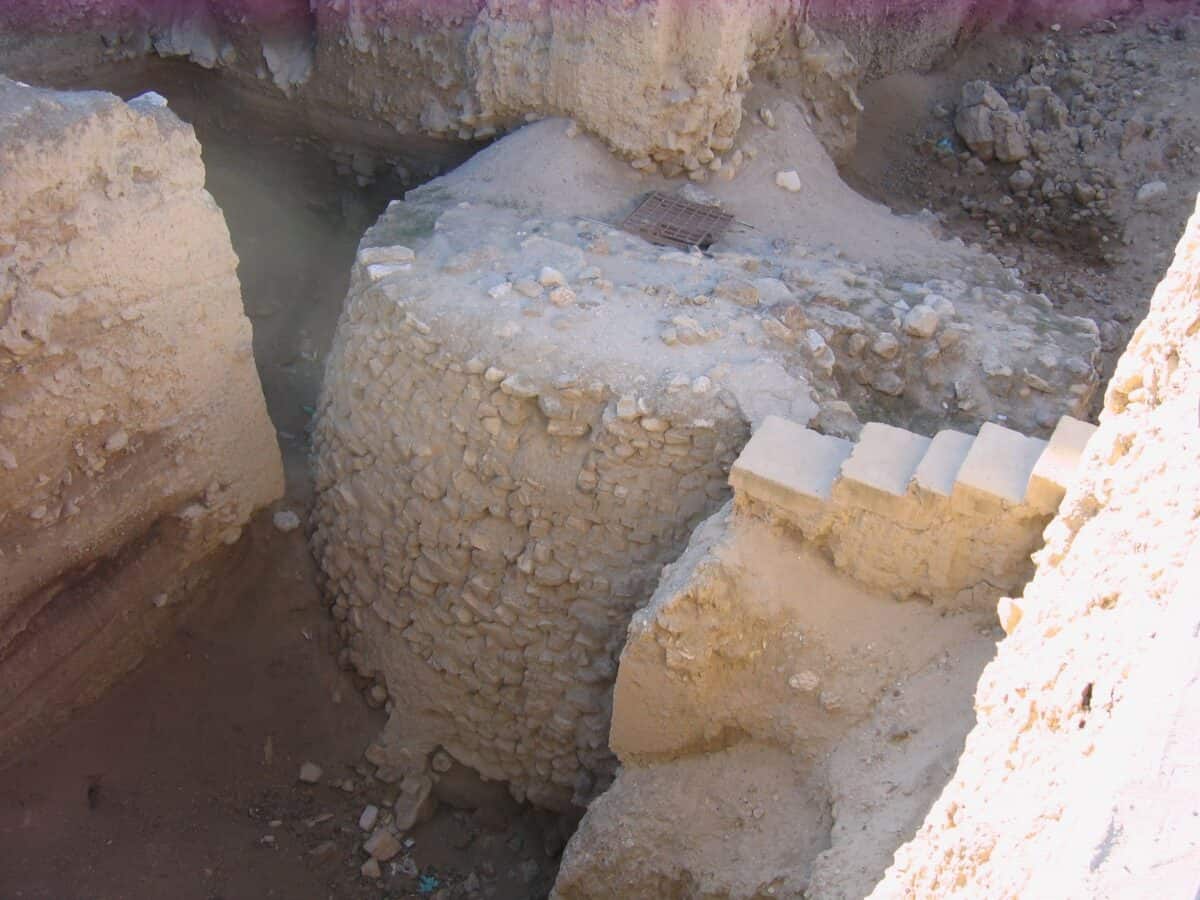
©Reinhard Dietrich / Public Domain – Original / License
Around the same age as Göbekli Tepe, near the West Bank, the Sultanians were building the oldest fortified city. Far beyond community spaces and living quarters, Jericho (now known as Tell es-Sultan) featured a 15-foot-tall stone wall guarded by a formidable tower. At nearly 30 feet, the Tower of Jericho was unmatched in size for over 5,000 years.
The City of Jericho hardly ever housed the same community for long. In the heart of warring tribes, these structures were razed, destroyed, and abandoned several times over its history. Jericho was finally left to ruin in the early 500 BCE when the Persians freed the Jews from Babylonian captivity.
Mehrgarh (Pakistan 7000 BCE)
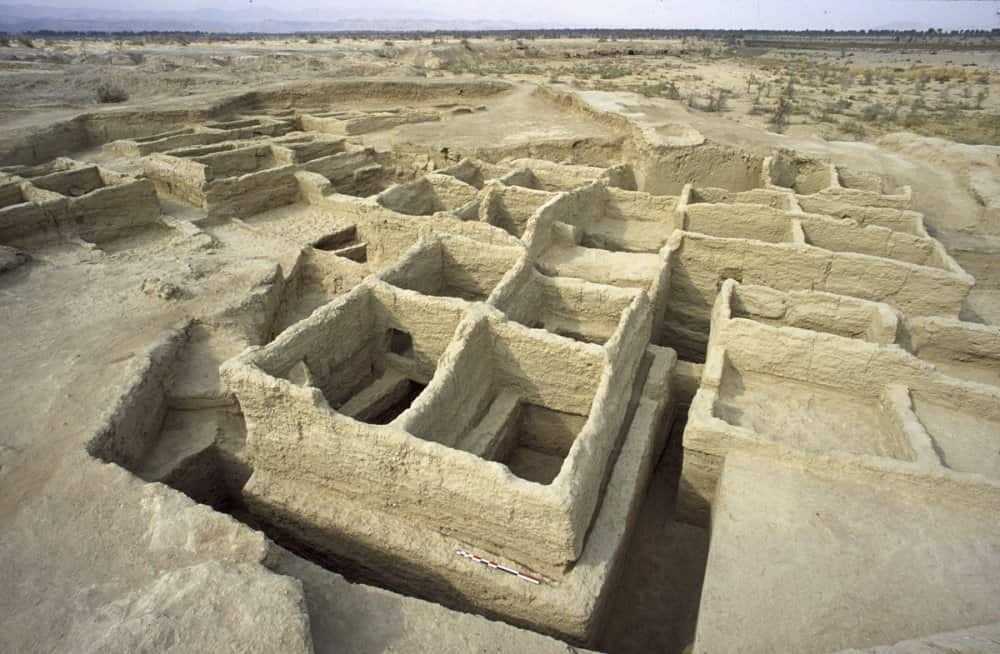
©Ashish_Premier / CC BY-SA 3.0 – Original / License
Among the oldest buildings in the world, the first Mehrgarh community settled roots in Pakistan near the Bolan Pass. The site provided protection from attacks and bountiful farmland along the Indus River. Because of its ideal location, the residing Neoliths found themselves entering a new age with pottery-making and metalworking.
Mehrgarh acted as the stopping point for nomadic groups, enabling the development of the entire Indus civilization. It wasn’t until the establishment of Harappa in 2500 BCE that the ancient city was slowly abandoned. It laid forgotten to time for nearly 4,000 years, only being rediscovered in the 1970s following a flash flood.
Tumulus of Bougon (France 4800 BCE)
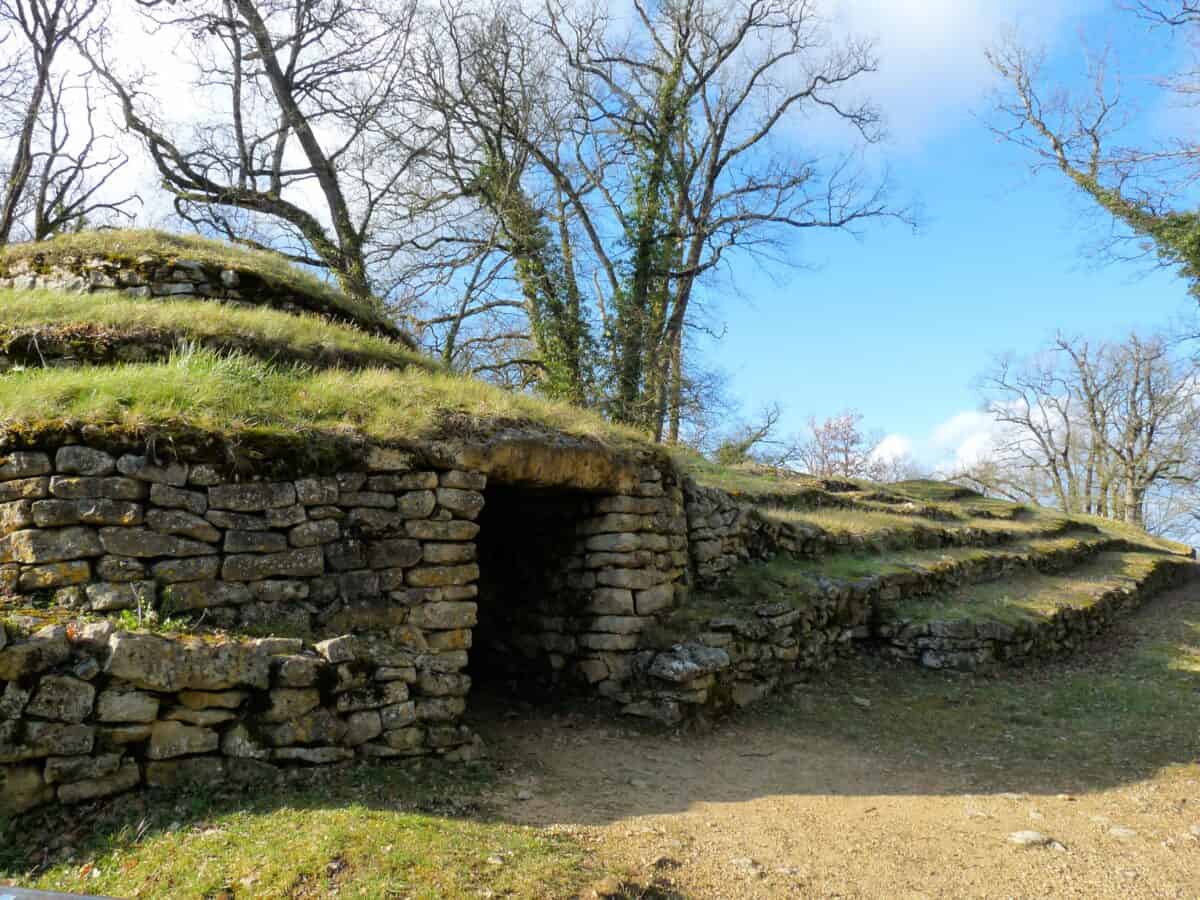
.
©Prooupy / CC BY-SA 3.0 – Original / License
Further out of the Mesopotamian region, Neolithic communities in what is now France built the Tumulus of Bougon. The first remnants of European civilization, these burial tombs lie among the rolling hills of the Poitou-Charentes, a region in the west of the country. The prehistoric people used the tumuli as burials for the dead, big enough to host ceremonies and funerals.
This burial complex showcases incredible architectural feats. Using massive stone slabs to create each chamber and then burying them in the earth, we see a plan designed around the reverence of passed loved ones. This represents not just the beginnings of a civilization, but a deeper connection to the self and the afterlife.
The Tumulus of Bougon was used for thousands of years, spanning back as far as 4,800 BCE. It’s supposed that the people of this time continued to build the tumuli for several hundreds of years. However, as the culture of the region changed, the use of burial mounds fell out of practice.
Knap of Howar (Scotland 3700 BCE)
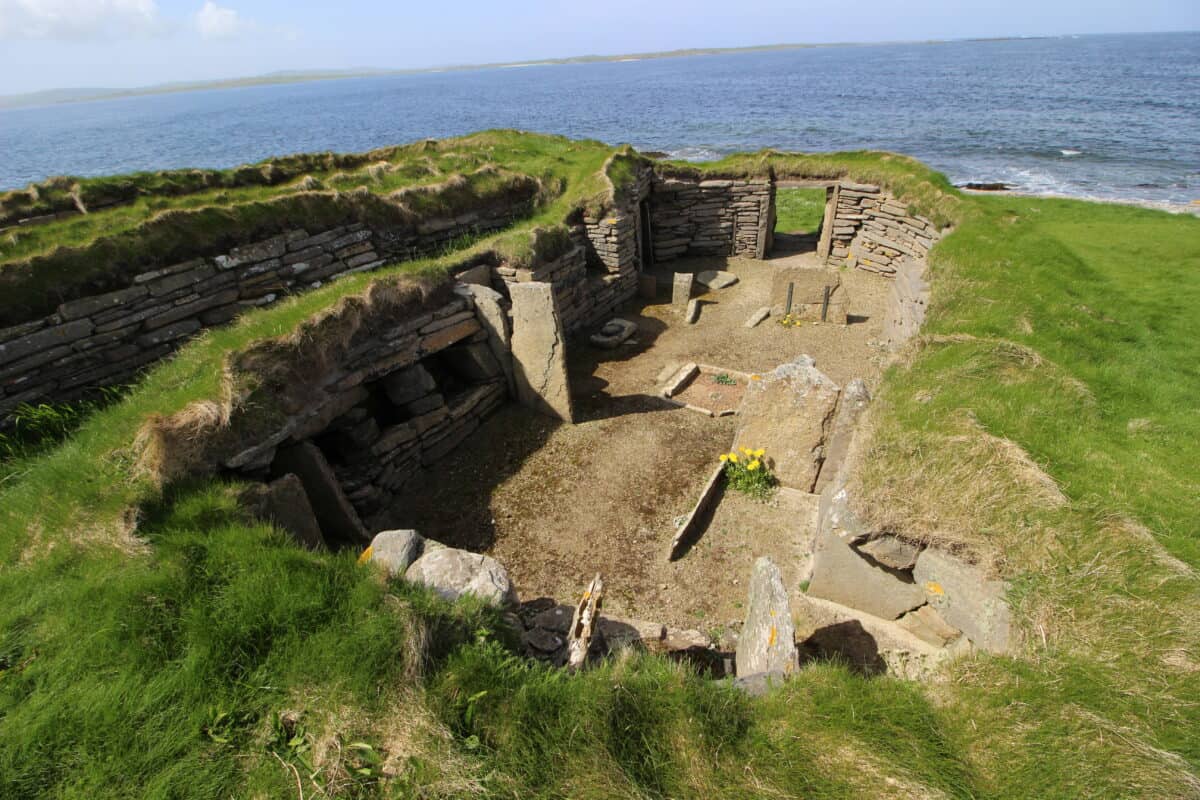
©Beep boop beep / CC BY-SA 4.0 – Original / License
On the faraway Orkney islands in Northern Europe, the ancient people of the time built the Knap of Howar. Built around 3700-3500 BCE, it’s the oldest settlement on the continent. It’s also the site of the oldest buildings specifically designed as houses anywhere in the world.
The Knap’s location on Papa Westray island is unforgiving; rugged coastlines and powerful, northern storms compelled the neolithics to build strong stone structures. They feature a hearth for warmth and specific storage rooms for keeping food. These aspects demonstrate a high level of craftsmanship not seen thus far in history.
With skills and tools quickly developing, the Knap of Howar was abandoned for better development, similar to Mehrgarh in the Indus civilization. However, the quality of their construction leaves them in remarkable state even 5,500 years later.
Other Oldest Buildings Around the World
What about the oldest buildings in other parts of the world? Keep reading to learn about a few more of the oldest buildings across the globe.
Oldest Building in Africa
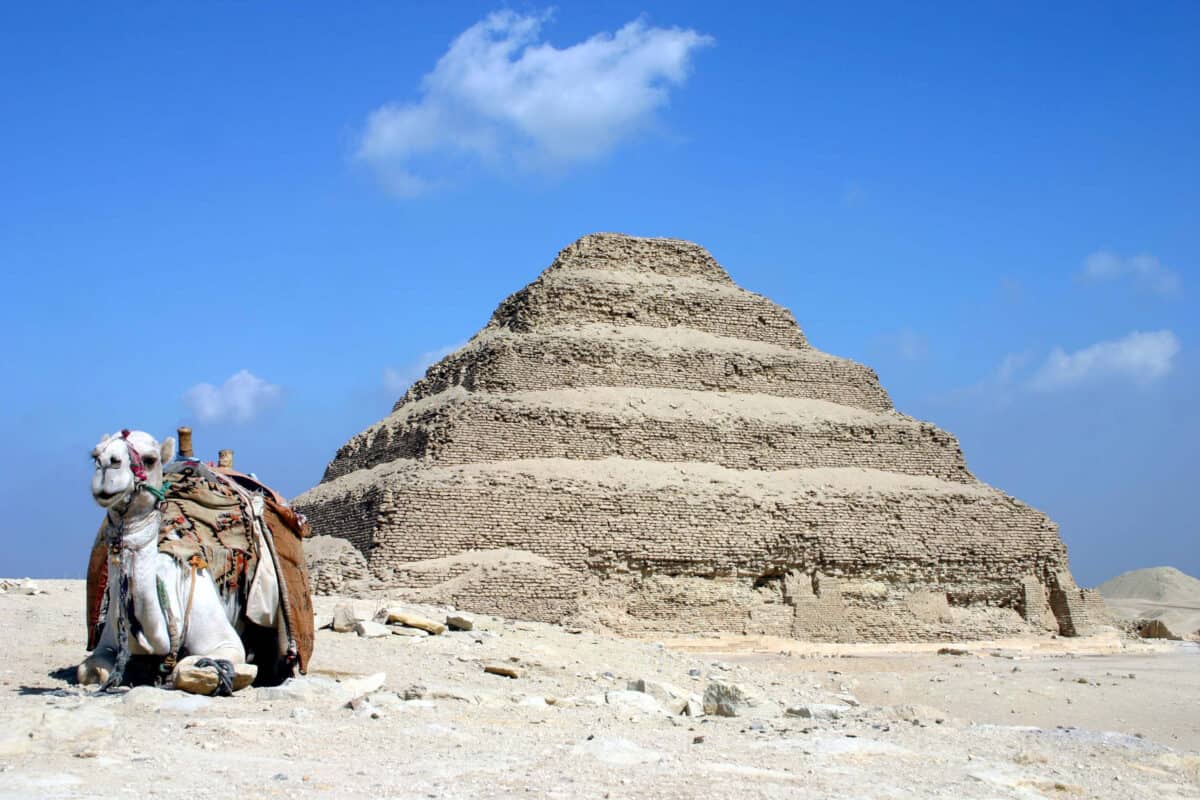
.
©Charles J. Sharp / CC BY-SA 3.0 – Original / License
Around 2700 BCE, Pharaoh Djoser constructed what would be the first great pyramid in Egypt. The monument, which was built at Saqqara just outside the old capital of Memphis, served to facilitate the pharaoh’s journey to the gods after death.
Considered the world’s first monumental building of its kind, the Step Pyramid of Djoser, or the Step Pyramid, transitions from tombs resembling flat houses called mastabas. It laid the foundation for future crypts, which became synonymous with the ancient Egyptian culture.
Oldest Building in South America
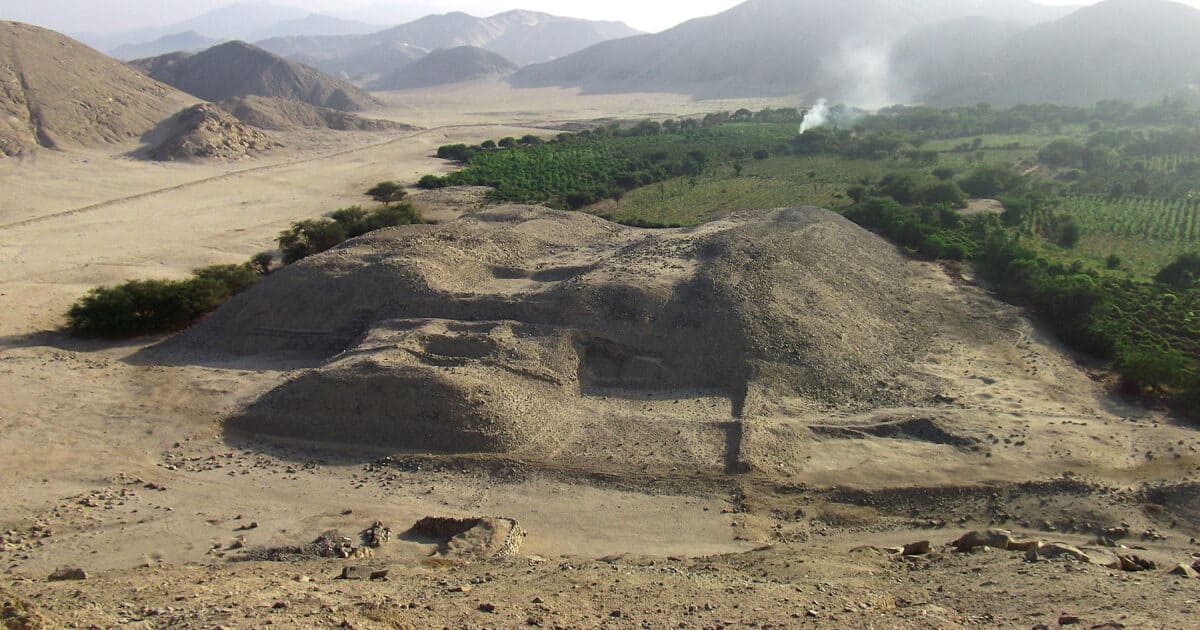
©Rickray1870 / CC BY-SA 4.0 – Original / License
On the other side of the world, ancestors of the Moche civilization built Sechín Bajo. built along the Pacific coast in Peru, nestled in the Casma Valley, its construction began approximately around 3500 BCE and continued for thousands of years. However, while neolithics in Europe were building buried homes, those in South America were building entire centers for community and worship.
Sechín Bajo is remarkable for its design and artistic quality, especially since it predates the Moche and even the Inca civilizations. However, because of its dry, desert location, its inhabitants slowly began to shift to other locations. Eventually, Sechín Bajo was buried under sand and forgotten until its rediscovery in the 1930s.
Oldest Buildings in North America

©Simon Burchell / CC BY-SA 4.0 – Original / License
At the beginning of the Mayan civilization around 800 BCE, Nakbe was built in northern Guatemala. It was established deep in the tropical rainforest, making it practically invisible to the outside world. The City of Nakbe served many purposes for the Mayans; from religious ceremonies to residential housing, the ancient communal center supported it all.
The oldest buildings in North America represent some of the first examples of a planned permanent city, much like what we find in modern times. Nakbe also features pyramids that rival those of Egypt. These aspects make the site one of the most significant from the Mesoamerican era.
Many Mayan cities thrived in North America for hundreds of years. However, due to the need for resources and driven by power, people began to leave. These cities, including Nakbe, saw their population dwindle around 200 CE. Because of its location in the Mirador Basin, these ancient structures went undiscovered until the 1960s.
Oldest Buildings Oceania
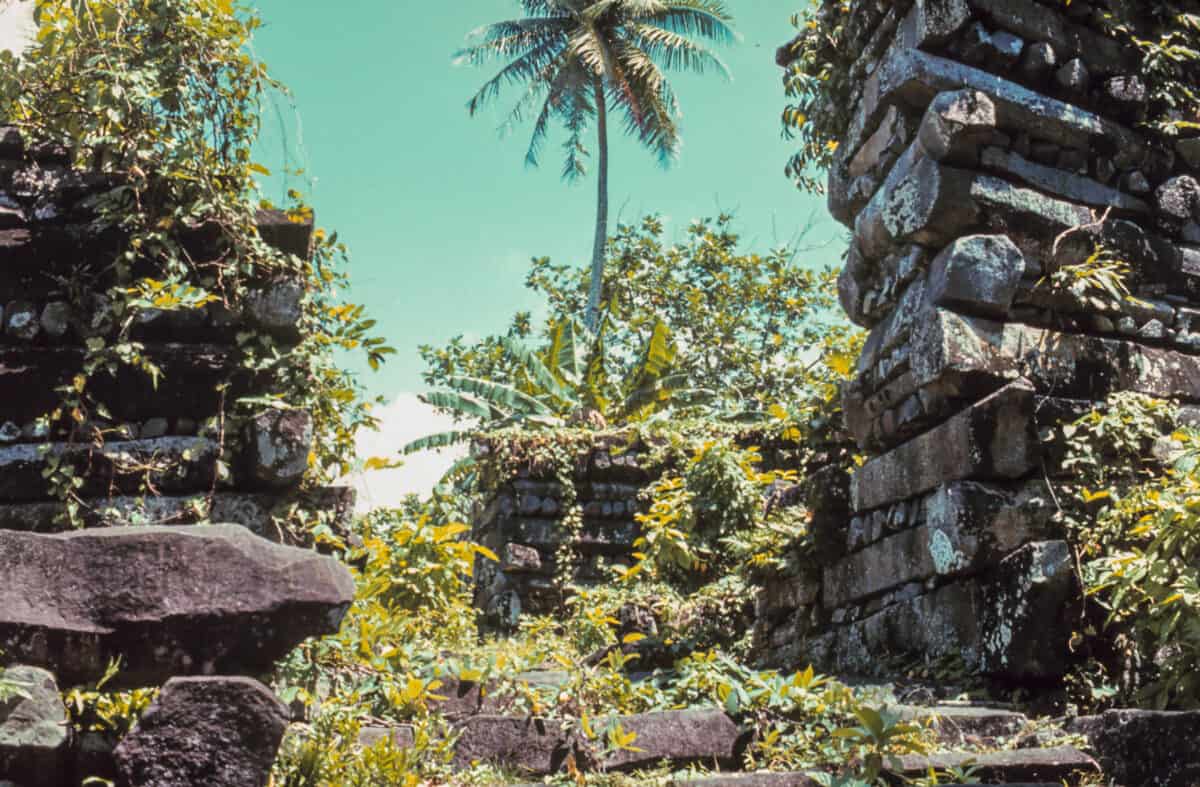
©NOAA, Public Domain – Original / License
The city of Nan Madol in the Federated States of Micronesia has an interesting history; it was built on the ancient, man-made island of Pohnpei, the first of its kind. Construction of the island and the city began in 800 CE, making it relatively new compared to those buildings on other continents.
Nan Madol was a testament to the power of the elite class in Micronesia. With incredible wealth and control, the rulers in the Saudeleur dynasty had the islets built on basalt logs and boulders. Its uniqueness and skill represent the culture of an ancient island civilization over 1,000 years old.
The oldest buildings in Oceania stood as the Venice of the Pacific for over 800 years. However, as the Saudeleur dynasty came to an end, its people left, leading to its disrepair and eventual abandonment. Today, Nan Madol stands as a UNESCO World Heritage Site, with thousands of tourists visiting each year.
Oldest Buildings in Antarctica

©Kuno Lechner / CC BY-SA 3.0 – Original / License
Don’t get your hopes up about an ancient civilization living on the frozen continent. With temperatures dropping to around -60 degrees Fahrenheit in the winter, no group of humans could settle on this land without serious technology. However, in 1899, Antarctic exploration teams from Norway made that a reality.
The Cape Adare huts aren’t anything impressive compared to the architecture at the time. Two modest wooden structures were built at just 15 feet by 20 feet, with enough space for bunks, a hearth, and a room for experiments. However, they were the first buildings erected in Antarctica and have stood through the high winds and cold, making them a cultural monument.
The huts at Cape Adare provided shelter to the explorers mapping the northernmost point of the Ross Sea. However, they were left behind after a second expedition in 1912, and other observation points were established as these began to deteriorate. The historical community, however, attempts to preserve these huts as they continue to stand against the elements.
Oldest Buildings in the United States
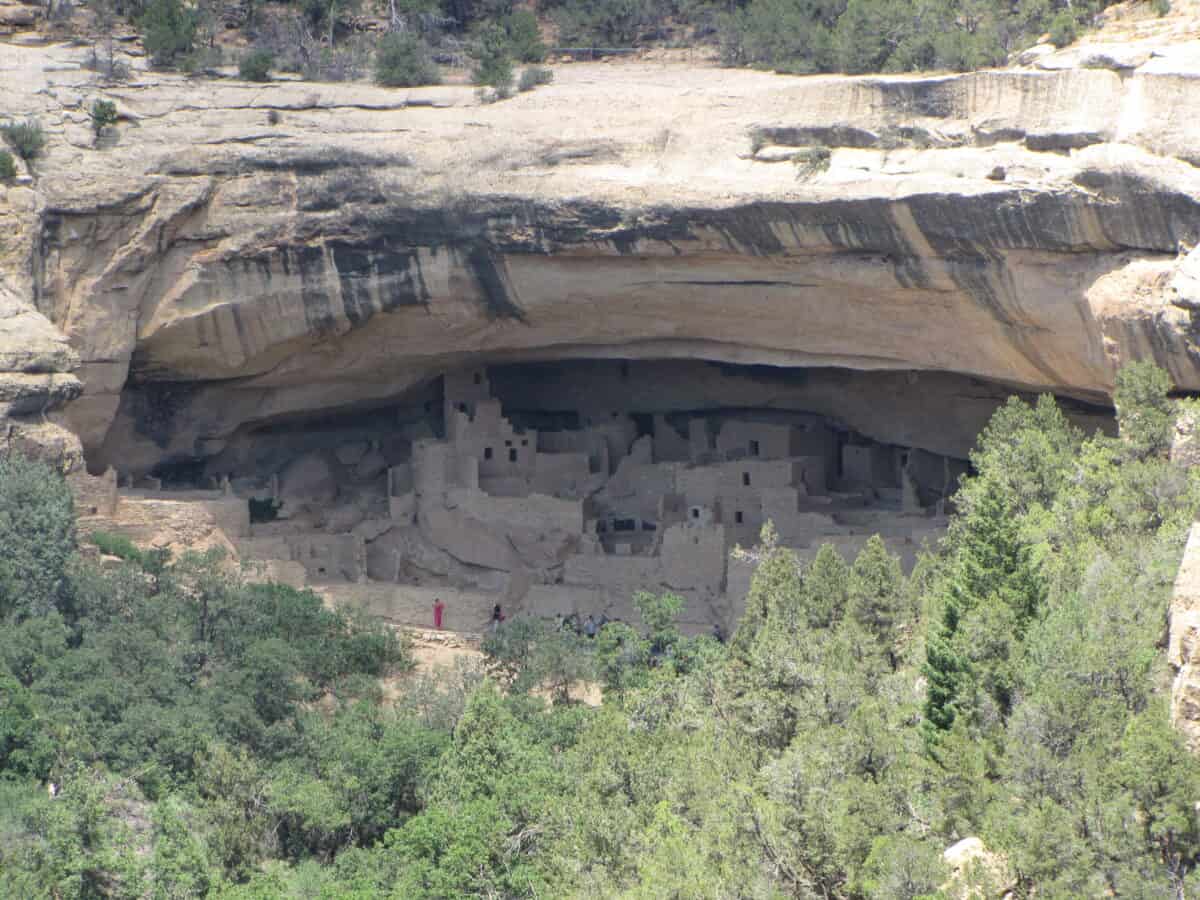
©Rohaden / CC BY-SA 3.0 – Original / License
We’ve learned that some of the oldest buildings in the world date back nearly 12,000 years. However, how does the United States compare? Surely there are ancient structures here too, right?
The oldest preserved buildings are the Pueblo structures in North America, which were built around 700 CE. So while the ancient communities in the Southwest found the opportunity to settle, it was only about 1300-1500 years ago. Plus you’re only finding modest dwellings, which pale in comparison to the Pre-Moche or Mayan cultures just to the south.
Still, the Pueblos represent the architectural expertise and knowledge of the environment. With temperatures reaching 120 degrees Fahrenheit during the summer, these buildings provided adequate shelter. In fact, many Pueblos are still inhabited today.